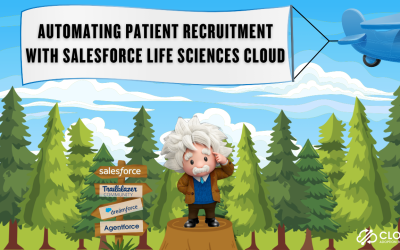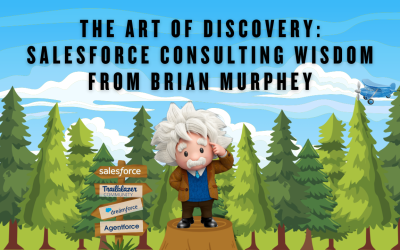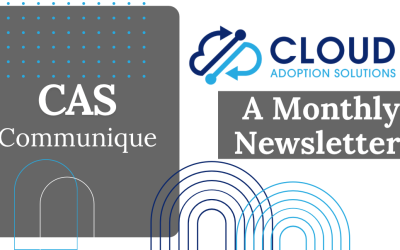So, you’ve gone and done it. You saw an awesome demo for an amazing new sales technology application, and you’re really certain that this is THE ONE. It’s going to give you all that you need for your sales team to maximize bookings potential and give your management certainty that you’re going to meet – no, exceed – your number. This (choose one) CRM, Marketing Automation, Analytics and Reporting, Predictive Intelligence, Buyer Engagement, CPQ, Demo, Call Recording, Video Prospecting system…it’s going to revolutionize your team’s entire approach to selling. You worked up the ROI; you compared three vendors; you got the budget. You had your go-live date, and results should come pouring in.
But no one’s using it. What now?
Consider my proprietary ADOPT approach for user acceptance of sales technology. Once each new platform or application has been evaluated for fit within your current tech stack, in order for it to be truly successful, your users and their needs should be addressed.
ARTICULATE: Articulate the value of the technology to your sales team. Address their WIIFM, or What’s In It For Me? Once you’ve shown them how this application will improve their life at work, you stand a better chance of it actually being adopted and used. Remember the Technology Diffusion Model – this identifies users as innovators/early adopters (as 16% of your team, these are the ones that will jump in and be your early cheerleaders), early/late majority, and laggards (the other 16% who will have a really hard time coming around to your new system). Be aware of their needs and motivations, and be sure to educate and promote the new technology to address everyone’s individual WIIFM and eagerness to adopt.
DEMONSTRATE: Once you’ve articulated the WIIFM, you need to show the team that you’re in this, too – and so is the rest of your management and other departmental allies (marketing, finance, operations). Keep in mind “monkey see, monkey do” and make sure that you’re leading by example.
ORIENT: Introduce and orient your users to the system in pieces. Training a team all at once on all of the bells and whistles reduces their ability to retain and actually use the things that they learn. Train on-demand, train formally, train via 1:1 interactions – but be sure to show features and expectations multiple times in multiple ways. No one has ever learned to play piano overnight, and your new sales tech is no different. Teach, train, retrain, and revisit, over and over.
PROGRESS: Focus on the progression of your team’s learning by using characteristics of the Capability Maturity Model to drive the design, implementation, and installation of your new technology. Your team will start out at level 1, with unpredictable and poorly controlled processes, and you should focus on pushing them through to level 5, where the technology and process are built for the people who use it.
TEST: Continue to test your users’ use of the system, and reset where necessary. Do not forget to continually check on their progress and knowledge of your new technology, so that anything that was delivered in initial or ongoing training is redelivered just-in-time.
You don’t have to do this all on your own, by the way. One of the best practices is to establish a governing committee, who focuses on ensuring your users are getting what they need out of the system. A governance group might include the person who bought the technology, management invested in the use of the application, users who like and don’t like the system, and intersecting recipients of the output of your system (an ERP user who receives information from your CRM, for example). Keep notes and ask for improvements and suggestions – and act on them.
Good luck with your new sales tech rollout, or re-invigoration of the system you’ve had in place for awhile. It’s always easier to refresh a system that you have versus choosing and installing a competitive system! Run through the ADOPT system continually and watch your sales grow!
A version of this post originally appeared on Treeline – a firm bringing top sales talent and organizations together.




